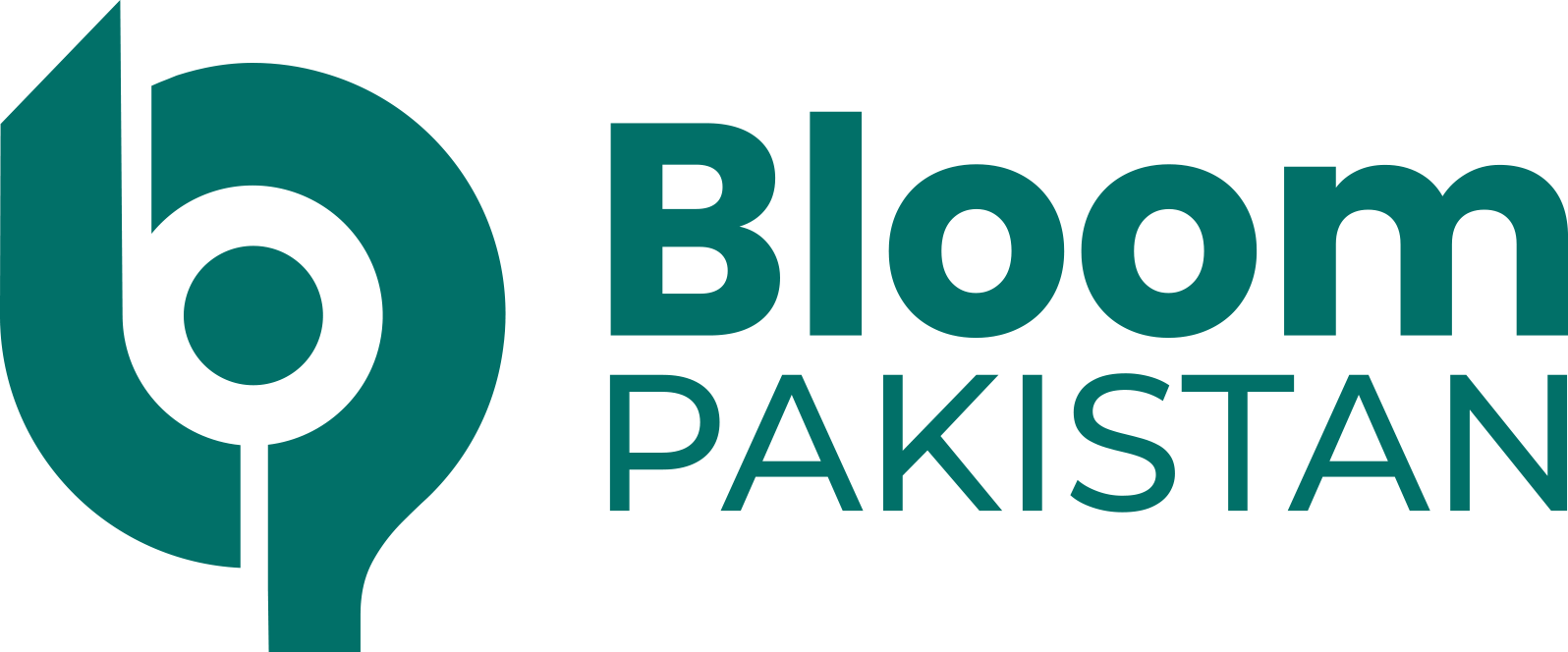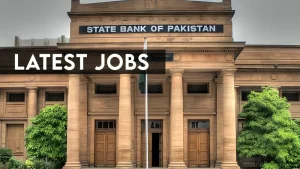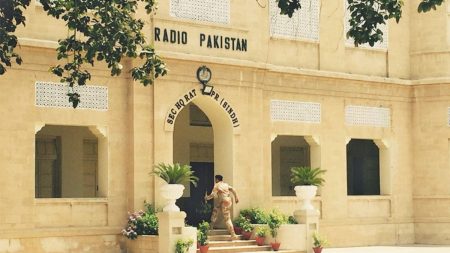Islamabad, Feb 26: Despite a nearly 3% decline in global oil prices, petrol prices in Pakistan are expected to rise in the upcoming fortnight starting March 1. According to industry insiders, preliminary estimates suggest an increase of Rs4 to Rs4.50 per litre in petrol rates, while high-speed diesel (HSD) and kerosene prices may experience a slight reduction of less than Rs1 per litre.
Why Petrol Prices May Rise?
The expected surge in petrol prices is primarily attributed to the rupee’s depreciation against the US dollar, which has offset the recent drop in global crude oil prices. Although Brent crude oil has remained relatively stable over the last ten days, fluctuations in the exchange rate have led to a projected increase in local fuel prices.
Current Fuel Prices in Pakistan
As of now, the official ex-depot petrol price stands at Rs256.13 per litre, while HSD is priced at Rs263.95 per litre. The government has set the price of kerosene at Rs171.65 per litre, but due to supply constraints, it is being sold for Rs300 to Rs350 per litre in certain regions.
The government imposes approximately Rs76 per litre in taxes on petrol and diesel, including a Petroleum Development Levy (PDL) of Rs60 per litre. Although the General Sales Tax (GST) remains at zero, a customs duty of Rs16 per litre is applied to both locally refined and imported fuels. Additionally, oil companies and dealers earn a combined Rs17 per litre as distribution and sales margins. Meanwhile, light diesel oil, high-octane blending products, and 95-RON petrol carry a Rs50 per litre levy.
Impact on Consumers
Petrol is a necessity for millions of Pakistanis, especially those using motorcycles, rickshaws, and small vehicles. A price hike directly impacts middle and lower-middle-class households, increasing daily transportation costs.
Similarly, HSD plays a crucial role in the transport and agriculture sectors, powering trucks, buses, tractors, and tube wells. A rise in diesel prices often triggers higher freight costs, leading to inflation in essential commodities like food and vegetables. 
Read More:
IPAK Group Reports Rs. 567 Million Profit in H1 FY25
Global Oil Market Trends
Global crude oil prices fell nearly 3% due to weak economic indicators from the US and Germany, raising concerns about reduced energy demand. On Tuesday, Brent crude dropped to $72.79 per barrel, while WTI crude fell to $68.78 per barrel. Additionally, signals from major oil-producing countries suggest that production will continue to rise, exerting further pressure on international oil prices.









